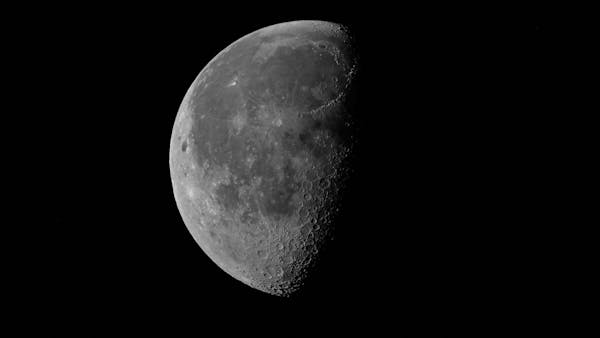Exploring the Universe of Science: 10 Unbelievable Facts
Are you ready to embark on a journey that will unravel the mysteries of the universe? Science has always been a fascinating realm, and the more we delve into it, the more we uncover astonishing facts that challenge our understanding of the world around us. In this article, we'll take you on an extraordinary expedition through the cosmos of science, unveiling ten mind-boggling facts that will leave you utterly amazed.
H1: The Cosmos in Perspective
H2: The Expanding Universe
The universe is constantly on the move, and this motion is not just limited to the planets and stars within it. The very fabric of space itself is expanding, causing galaxies to drift apart. Edwin Hubble's groundbreaking observations led to this revolutionary discovery, transforming our perception of the cosmos.
H2: The Age of the Universe
Have you ever wondered about the universe's age? Scientists estimate it to be around 13.8 billion years old. This mind-boggling number invites us to contemplate the vastness of time, stretching far beyond our comprehension.
H1: Quantum Wonders
H2: Spooky Entanglement
Quantum entanglement, as Einstein famously called it, is a phenomenon where particles become interconnected in such a way that their states are instantaneously linked, regardless of distance. This concept challenges classical notions of causality and continues to perplex even the brightest minds in physics.
H2: Schrödinger's Cat
Enter the bizarre world of quantum superposition with Schrödinger's cat – a thought experiment that illustrates the strange nature of particles existing in multiple states at once. This intriguing idea forces us to reconsider our understanding of reality itself.
H1: Earthly Marvels
H2: The Unseen Microbial Universe
On our very skin and deep within our bodies, an astonishing variety of microorganisms reside. The number of microbial cells actually surpasses the number of human cells in our bodies. This invisible ecosystem plays a crucial role in our health and the environment.
H2: The Breath of Plants
Plants not only provide us with oxygen through photosynthesis but also communicate with each other using volatile organic compounds. This astounding interconnection among plants highlights the complexity of the natural world.
H1: Technological Feats
H2: The Power of Computing
In the palm of your hand rests more computational power than the technology that guided Apollo 11 to the moon. Moore's law has held remarkably well, leading to the rapid advancement of computers that have transformed every aspect of our lives.
H2: The Human Genome
Sequencing the human genome was a monumental achievement. However, the true marvel lies in the fact that over 98% of our DNA is non-coding, raising intriguing questions about the intricacies of our genetic makeup.
H1: Unveiling the Mind
H2: Neuroplasticity
Once thought of as fixed, our brains are incredibly adaptable. Neuroplasticity allows our brains to rewire and reshape themselves in response to learning, experiences, and even recovery from injury. This discovery opens up new avenues for rehabilitation and personal growth.
H2: Emotions and Decision-Making
Recent research has shown that emotions play a vital role in decision-making. In fact, they often precede and guide our choices, showcasing the complex interplay between our rational and emotional selves.
H1: Conclusion
As we journeyed through these astonishing facts, we've only scratched the surface of the wonders that science has unveiled. From the expanses of the universe to the depths of the human mind, the intricacies of the natural world never cease to amaze us. Our understanding continues to evolve, pushing the boundaries of what we thought was possible. So, the next time you gaze at the stars or ponder the mysteries of life, remember that the universe of science is waiting to reveal even more incredible truths.
H1: FAQs
H2: Q1: Is the universe infinite?
No, the universe isn't infinite. It's continuously expanding, but its exact size is still a subject of scientific investigation.
H2: Q2: How was quantum entanglement discovered?
Quantum entanglement was first described in a 1935 paper by Albert Einstein, Boris Podolsky, and Nathan Rosen. They used it to challenge certain aspects of quantum mechanics.
H2: Q3: Can plants really communicate?
Yes, plants communicate through various chemical signals. While not the same as human communication, it's a fascinating form of interaction.
H2: Q4: Can neuroplasticity help in recovering from brain injuries?
Yes, neuroplasticity plays a significant role in recovering from brain injuries. It allows the brain to reorganize itself and form new connections, aiding in rehabilitation.
H2: Q5: How does the Human Genome Project benefit us?
The Human Genome Project has provided insights into genetic disorders, personalized medicine, and our evolutionary history. It's a foundation for further biological research and medical advancements.



0 Comments